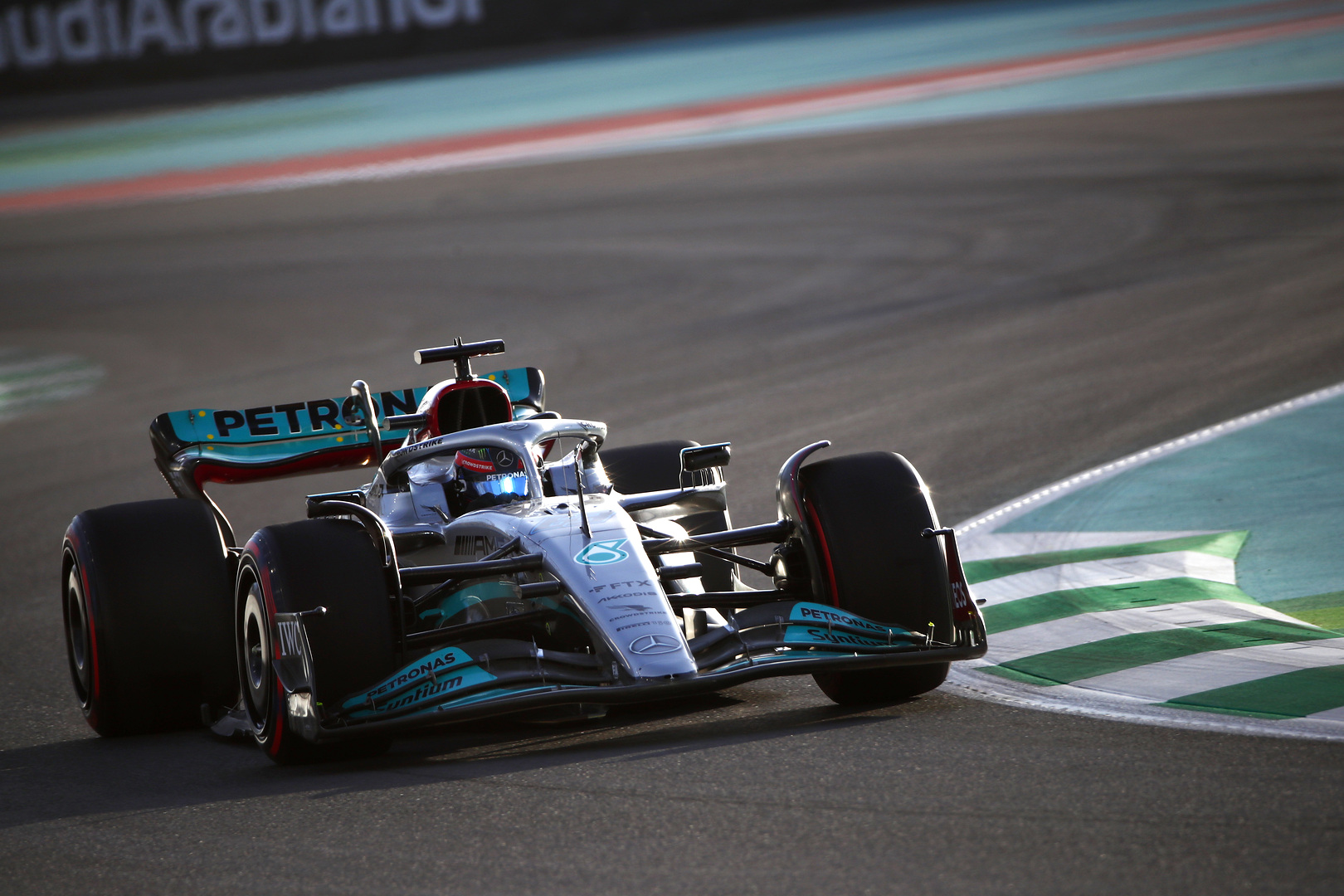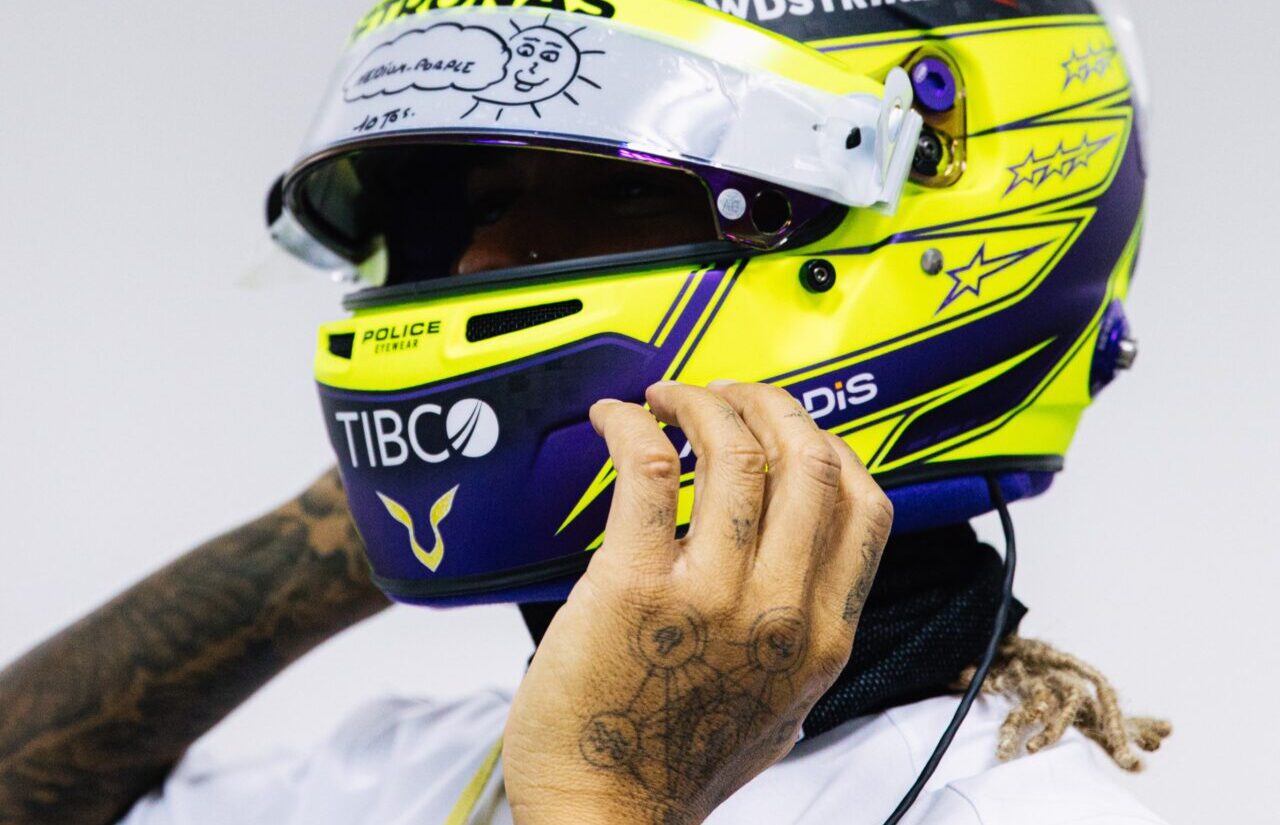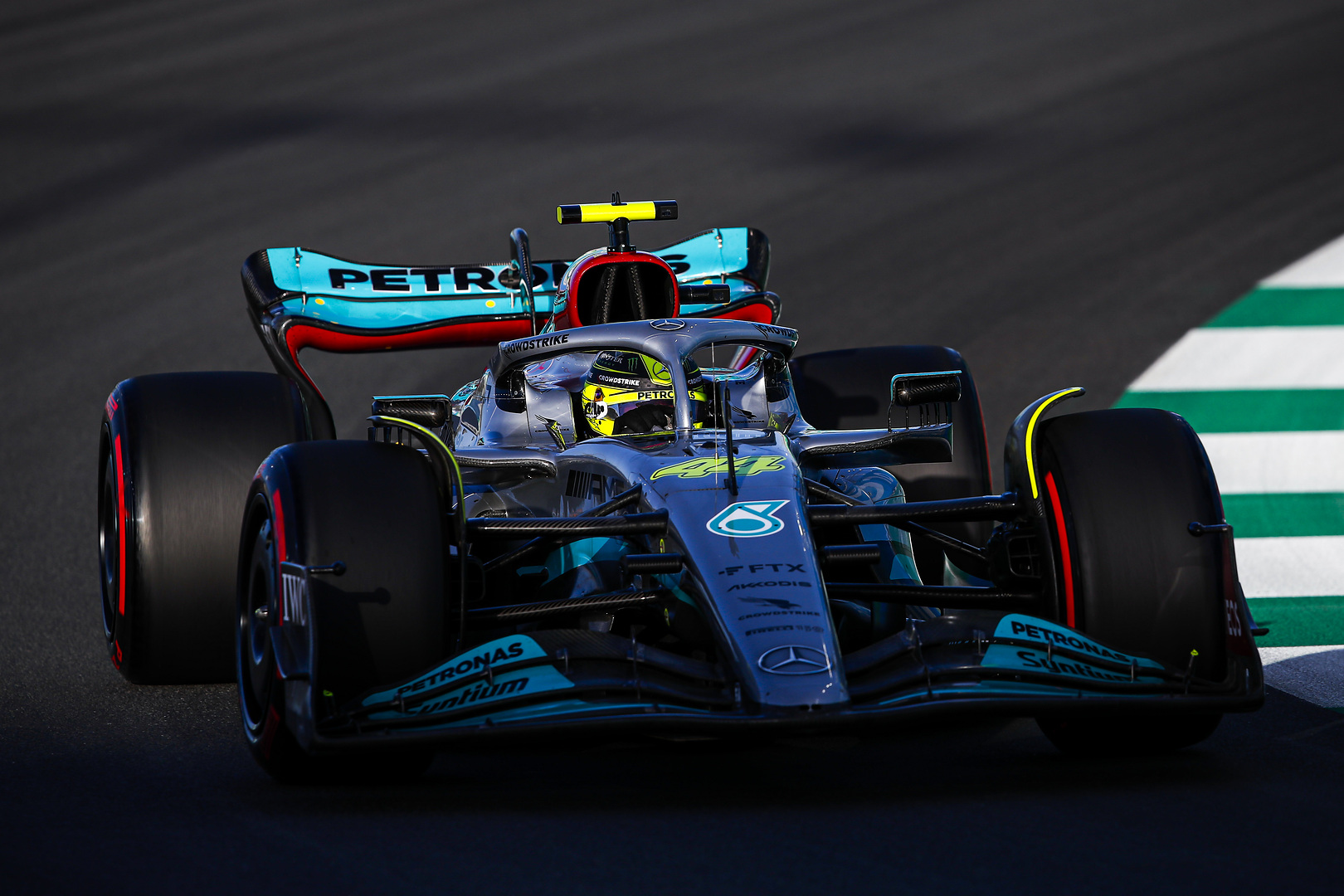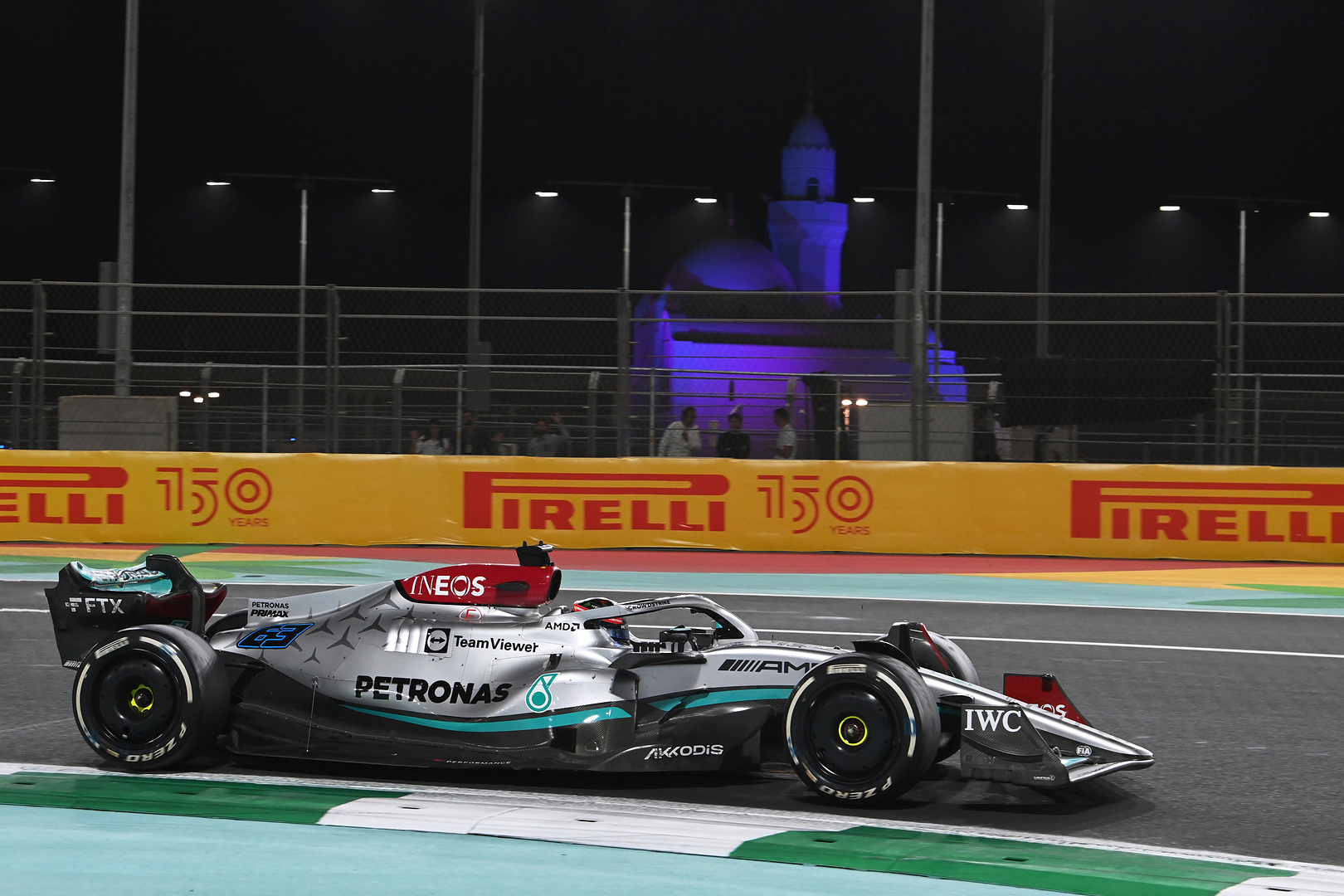F1 News: Drivers Still Not Happy With Saudi Arabian GP Track Layout – “This Is Not Much Better”
Grand Tour Nation recently covered the changes coming to the Jeddah Corniche Circuit at the Saudi Arabian Grand Prix, and while it sounded as though these changes weren’t only going to make it safer for the drivers but also a faster track in general, it’s been revealed that drivers in fact aren’t a fan of the changes at all.
Both Carlos Sainz and Charles Leclerc of the Ferrari team inspected the changes to the circuit yesterday, but were still concerned about a number of things regarding the visibility around corners.
During last year’s qualifying at Jeddah, there were a number of times where a slower cars became a danger for faster cars through a number of blind sweeping corners. Lewis Hamilton was reprimanded when this happened between him and ex-Haas driver Nikita Mazepin when he got in the way of the Russian driver during Turn 7 and 8 during practice.

Mazepin also caused a major incident when he rear-ended George Russell as drivers attempted to avoid a spun Red Bull on Turn 3 after Sergio Perez came into contact with Charles Leclerc’s Ferrari during Turn 1 and 2.
Turns 1 and 2 have been modified to allow more visibility through the turns thanks to their barriers being moved 1.5-2 metres backwards. Turns 14 and 21 have also been changed in such a way. But Sainz has admitted that the change is only slight due to the racing line being changed, too.
“I was commenting with Charles that they just move the wall but the driving line will still be close to the wall, which means our visibility doesn’t improve,” Sainz told The Race.
“Which for me just shows that we need to be making this relationship with the FIA tighter, better, because we expected a step in the right direction.
“In my opinion, this is not much better – it’s marginally, a very small, tiny bit, smallest ever bit [better].”
Pointing at Turn 4 and Turn 12, he added:
“It’s going in the right direction but I don’t think it’s enough, especially in the last part on the track from what I’ve seen.
“But the first part from Turn 4 to Turn 12, it didn’t change much, which was probably the most critical part. So let’s see how it is in the car, but I don’t think it’s a massive change.”
Turn 27 has also been widened after Max Verstappen’s barrier hit last year, and a number of barriers have been changed. Turns 4, 16 and 22 now have more radiused steel barriers which won’t rip a car apart if it butts up against it, allowing cars to potentially drive even faster around these corners.
These changes were made following last year’s race after the FIA and F1 suggested alterations to the race organiser of Jeddah.
“The FIA and Formula 1 had requested that we looked at 12 or 15 points around the circuit – nothing that was an issue as such, it was more about sightlines because obviously the speed of the circuit is such that drivers were arriving very quickly on slower cars,” the Saudi Arabian Grand Prix CEO Martin Whittaker said.
“The main issue there was not so much the race, but more importantly in qualifying where you’d got cars backing off to take advantage of a decent lap.
“The FIA can do things about that, obviously, because in the driver’s briefing they can tell people that they mustn’t slow down around certain corners or in certain areas, but predominantly it was felt much better for us as the promoter and the organisers of the circuit to actually look at what we could do.
“So we have effectively changed the number of the sightlines. It does not change the dimensions of the circuit. The footprint of the circuit remains the same, apart from Turn 27.”
He continued:
“We’ve moved the barrier in certain places, we’ve added steel plates in others to effectively take out the effect of what F1 called ‘shoulders’ on the corners.
“Obviously, the concrete blocks and the debris fencing on top are straight lines, they’re not curved. So when you put them together, there’s a shoulder where the two join together.
“That’s where predominately we’ve used steel plate to effectively increase the opportunity for the drivers to kiss the barrier without any likelihood of damaging the car.”
Mick Schumacher from the American-owned Haas team also admitted that he didn’t think the changes made much difference:
“I think it’s very minor, to be honest,” the driver told The Race.
“Still, some of the corners that we have could have been just a straight, it would have been easier. I guess [it’s] less numbers also to remember! But I think that it’s something that will probably evolve with time.”
Jeddah was designed to be the fastest street circuit of the F1 calendar while also having the highest number of corners, and while drivers are complaining about the potential danger of its layout, it’s classed as a Grade 1 circuit and has fully satisfied F1 safety standards. Despite this, Jeddah will undergo a number of other modifications before next year after a limited amount of time to make changes for this year’s race.
Leclerc suggests that drivers will need to change their driving style to makeup for the layout of the track:
“Thinking about the changes that they’ve done from last year to this year, I don’t know it will be so significant that we’ll see a completely different situation and from one year to another, it can be just very different.
“It depends on how many crashes we have and this depends not only on the track, but also on the drivers.
“So we’ll have to wait and see. But I don’t see the changes made doing a huge difference to the scenario of last year.”
Practice starts later today, and the race begins at 8pm local time on Sunday.



